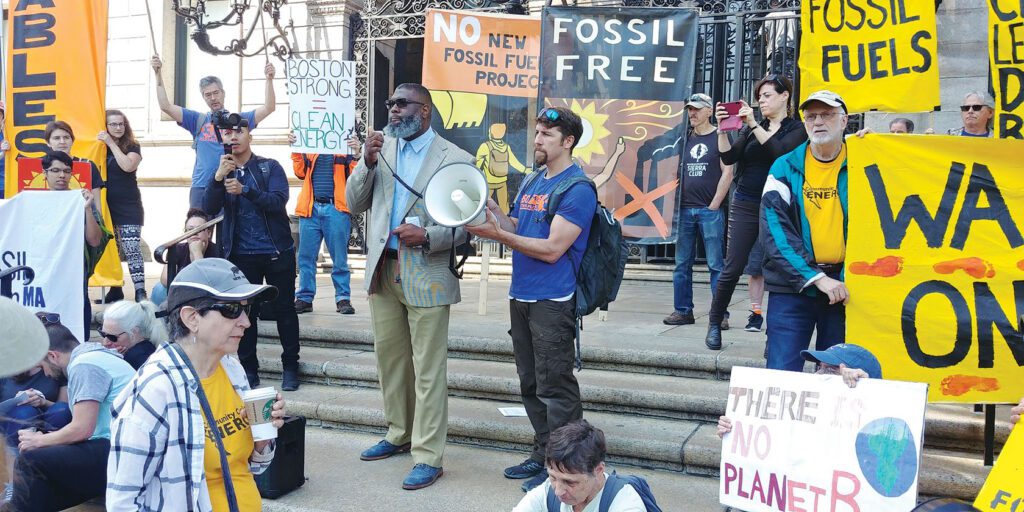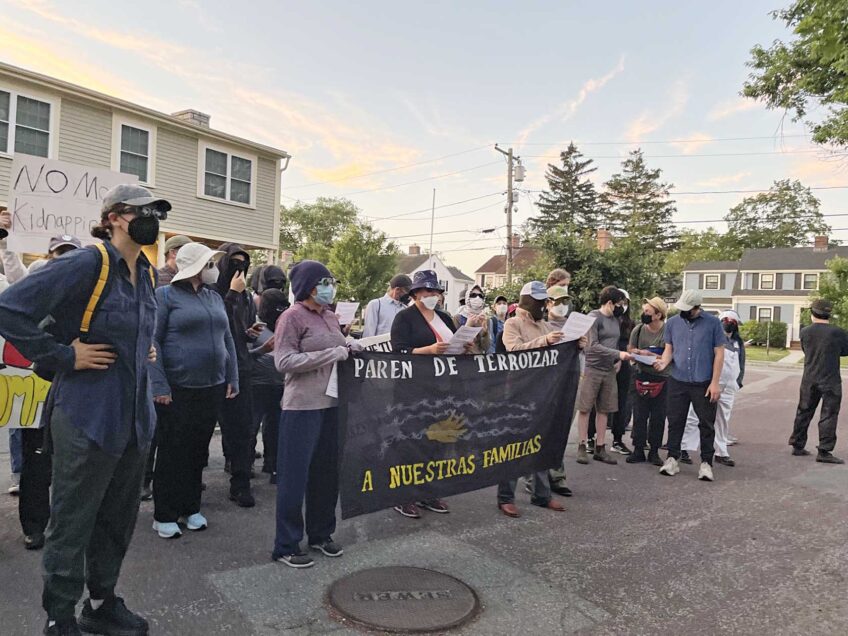EPA ‘Justice40’ grants target grassroots efforts
$50m will go to groups in New England

Three local New England nonprofits are teaming up to distribute federal funds in a streamlined process to meet the needs of grassroots community-based organizations focused on environmental justice and climate issues.
The initiative, which will provide a total of $50 million to groups across the Environmental Protection Agency’s Region 1 in New England, is intended to bring new funding sources to smaller groups to generate community-based solutions and reduce barriers around access to federal funds.
Members of the nonprofits called the effort, which will provide $600 million nationwide as part of the Biden-Harris Administration’s “Justice40” environmental initiative, unprecedented.
“We need to build more climate-resilient communities so that we are ready to deal with the climate disasters that are heading our way and to try to also build more resilient communities,” said Stacey Chacker, director of policy and practice at Health Resources in Action (HRiA), which is acting as the recipient and distributor of the funds.
Once they’ve secured the funds, the group will collaborate with Roxbury-based Alternatives for Community and Environment (ACE) and the New Hampshire-based New England Grassroots Environment Fund to make subgrants to community organizations to address the concerns they see in their communities.
This will allow organizations to address the needs that impact them, said Dwaign Tyndal, executive director of Alternatives for Community and Environment.
“We can flip the process, let communities that are most affected or impacted decide how resources should be distributed across the region,” he said. “It’s a grassroots, ground-up strategy of how resources should be distributed in our communities.”
The subgrants will also reduce barriers to accessing the funding, according to Sanjay Seth, chief of staff and senior advisor for climate and equity for the EPA’s New England region. Seth said each grant-making organization will set up its own application and award process, but any requirements will likely be less complex than what is required to get federal grants.
Chacker, who is leading the project at HRiA, said those federal grants often come with increased reporting and oversight that smaller organizations may not have the capacity to handle.
“Really, our goal and the goal of the program is to get funding out to communities with the least amount of burden as possible,” she said.
Bart Westdijk, co-director of the Grassroots Environment Fund, said there are often barriers to accessing funding if the source requires that an organization be a registered under the 501(c)(3) tax designation or have a very established structure. He said his organization has a history of working to support groups that have other qualifications.
“For the Grassroots Fund, the key element that we’re looking for is that idea of lived experience,” he said. “Folks that are experiencing the impacts of injustices day in, day out, are experts in and of themselves.”






